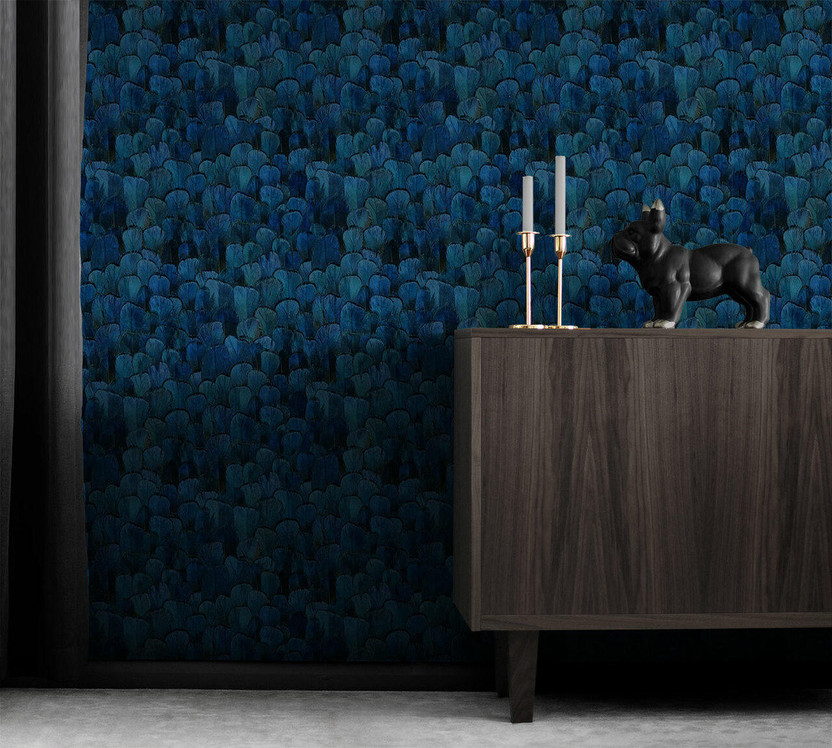- Home
- Efficient Production Techniques for Premium Duplex Paper Manufacturing
Nov . 30, 2024 04:11 Back to list
Efficient Production Techniques for Premium Duplex Paper Manufacturing
The High-Quality Duplex Paper Manufacturing Process
Duplex paper is a type of paper known for its smooth surface and substantial thickness, often used in packaging, greeting cards, and other printed materials that require a robust yet aesthetically pleasing medium. The production of high-quality duplex paper is an intricate process that ensures the final product not only meets the standards of durability and printability but also remains environmentally sustainable.
Raw Materials
The journey of duplex paper starts with the selection of quality raw materials. The primary ingredients are wood pulp, which can be sourced from either virgin or recycled fibers. Virgin pulp offers excellent strength and brightness, while recycled fibers contribute to sustainability and are often more cost-effective. The choice between these materials largely depends on the desired characteristics of the final product, including brightness, thickness, and environmental impact.
Pulping Process
Once the raw materials are selected, the next step is the pulping process. There are two main methods used mechanical pulping and chemical pulping. Mechanical pulping retains most of the lignin in the wood, producing a thicker paper with more fiber integrity. Chemical pulping, on the other hand, involves the use of chemicals to break down the lignin, resulting in a lighter and more refined pulp. For high-quality duplex paper, a combination of these methods is often employed to achieve optimal results.
Bleaching
Following pulping, the pulp is subjected to a bleaching process to achieve the desired whiteness and brightness. This step is critical as it enhances the paper's visual appeal, making it suitable for high-quality printing applications. The use of environmentally friendly bleaching agents, such as hydrogen peroxide or oxygen, is becoming increasingly popular to reduce the environmental impact of paper production.
Papermaking Process
With the prepared pulp ready, the papermaking process begins. The pulp is diluted with water and then processed through a series of machines. Initially, the pulp mixture is poured onto a wire mesh screen, allowing excess water to drain away. This process forms a mat of fibers that will later be pressed and dried.
The next crucial stage involves pressing the wet sheet between heavy rollers to eliminate additional water. This pressing stage enhances the density and strength of the paper. After pressing, the sheet goes through a drying process, where hot air is used to remove remaining moisture, ensuring that the duplex paper reaches an optimum level of dryness.
high quality duplex paper manufacturing process

Coating Process
For high-quality duplex paper, a coating process is often applied to one or both sides of the paper. This coating, made from materials such as clay or latex, provides a smooth finish and improves the paper’s surface quality for printing. The coating process enhances the paper's printability, ensuring that colors are vibrant and sharp when printing.
Quality Control
Quality control is integral throughout the duplex paper manufacturing process. Various tests are conducted to measure the paper’s thickness, strength, brightness, and printability. These tests ensure that the paper meets industry standards and customer specifications. Any deviations from quality benchmarks are addressed immediately to maintain consistency in production.
Environmental Considerations
Sustainability plays a significant role in modern duplex paper manufacturing. Manufacturers are increasingly opting for eco-friendly practices such as using recycled fibers, minimizing water usage, and utilizing energy-efficient machinery. Additionally, many companies are certified by international environmental organizations, ensuring that their production methods align with sustainable practices.
Final Product and Applications
Once the duplex paper has passed all quality checks, it is rolled up and shipped to customers or further processed into various products. Its versatility makes it ideal for a range of applications, including packaging, advertising materials, and stationery products. The aesthetic qualities of high-quality duplex paper, combined with its durability, ensure that it continues to be a preferred choice in various industries.
Conclusion
The manufacturing of high-quality duplex paper is a complex yet fascinating process that combines raw material selection, advanced processing techniques, and stringent quality control. As the industry evolves, there is a growing emphasis on sustainability, making duplex paper not only a practical choice but also a responsible one. Through innovation and commitment to quality, manufacturers continue to meet the demands of modern consumers while preserving the environment.
Latest news
-
High-Quality Bathroom Cabinet Contact Paper – Durable & Stylish Leading Suppliers, Exporters, Manufacturers
NewsJul.08,2025
-
Premium Wood Contact Paper for Desk – Reliable Suppliers & Exporters
NewsJul.08,2025
-
Premium Contact Paper for Table Top – Durable & Stylish Surface Solution from Leading Manufacturer
NewsJul.07,2025
-
Duplex Board with Grey Back - Reliable Supplier & Competitive Price Manufacturer & Exporter
NewsJul.07,2025
-
Premium White Contact Paper on Cabinets – Trusted Exporters & Suppliers
NewsJul.06,2025
-
High-Quality Duplex Board Packaging for Food Reliable Manufacturer & Supplier
NewsJul.06,2025

